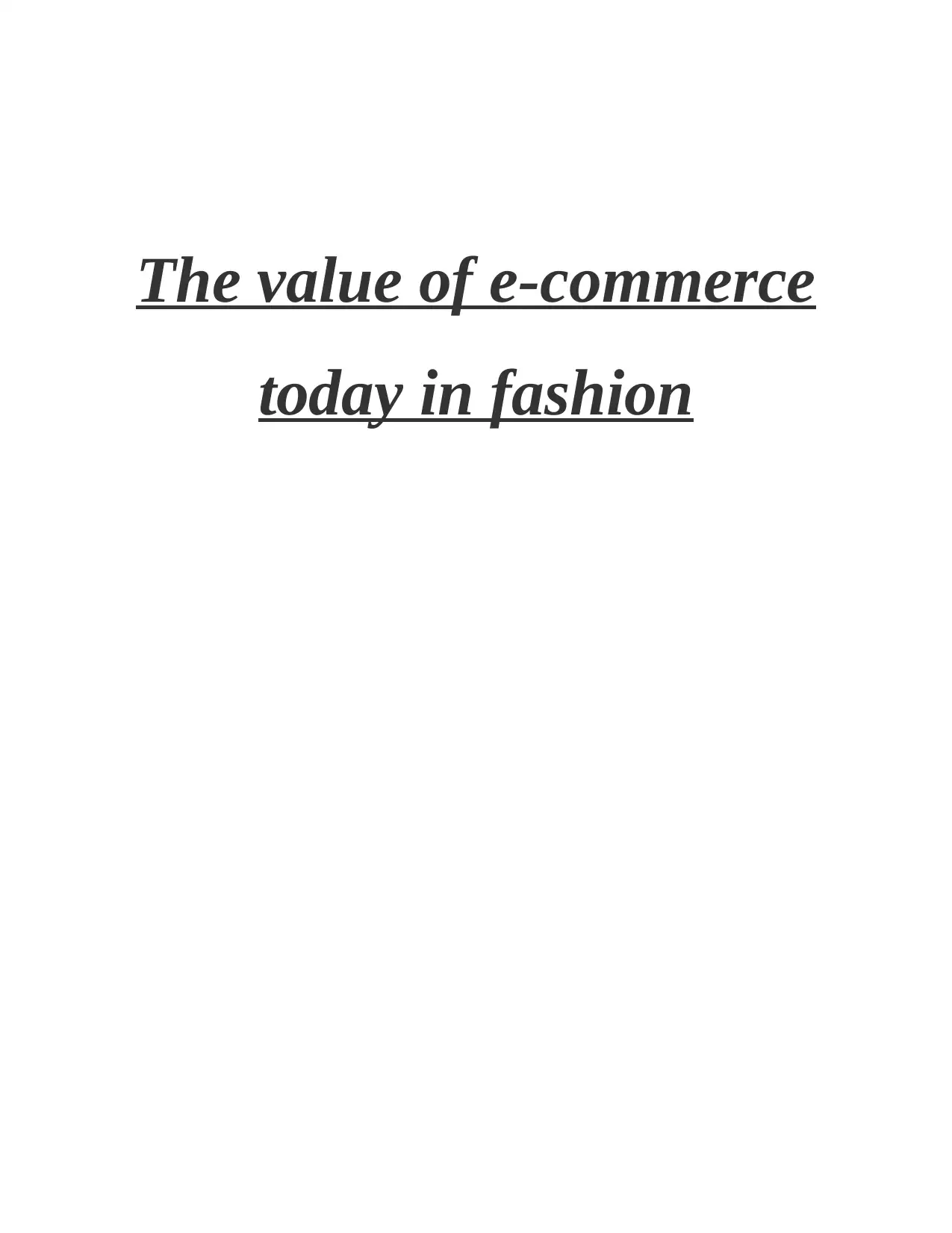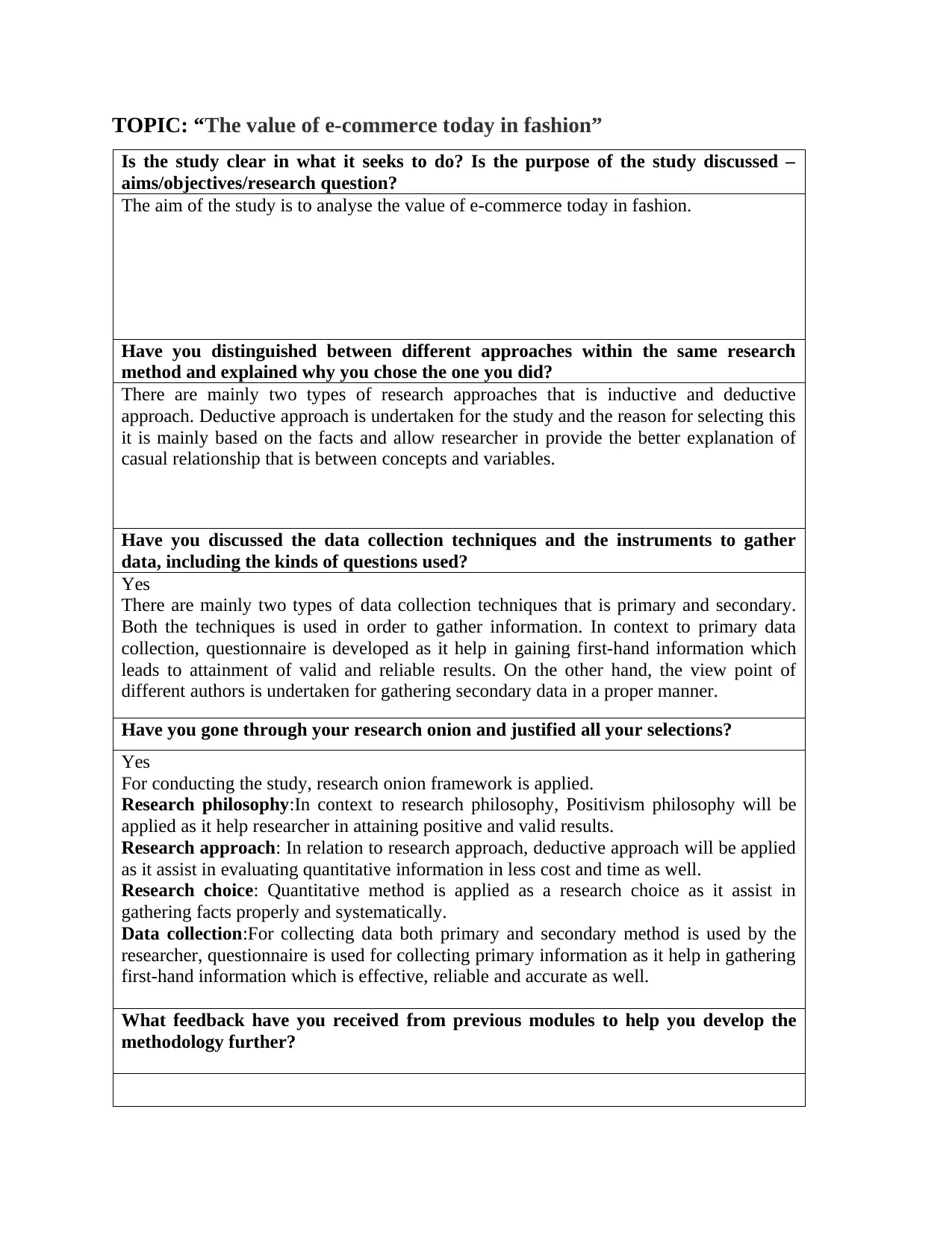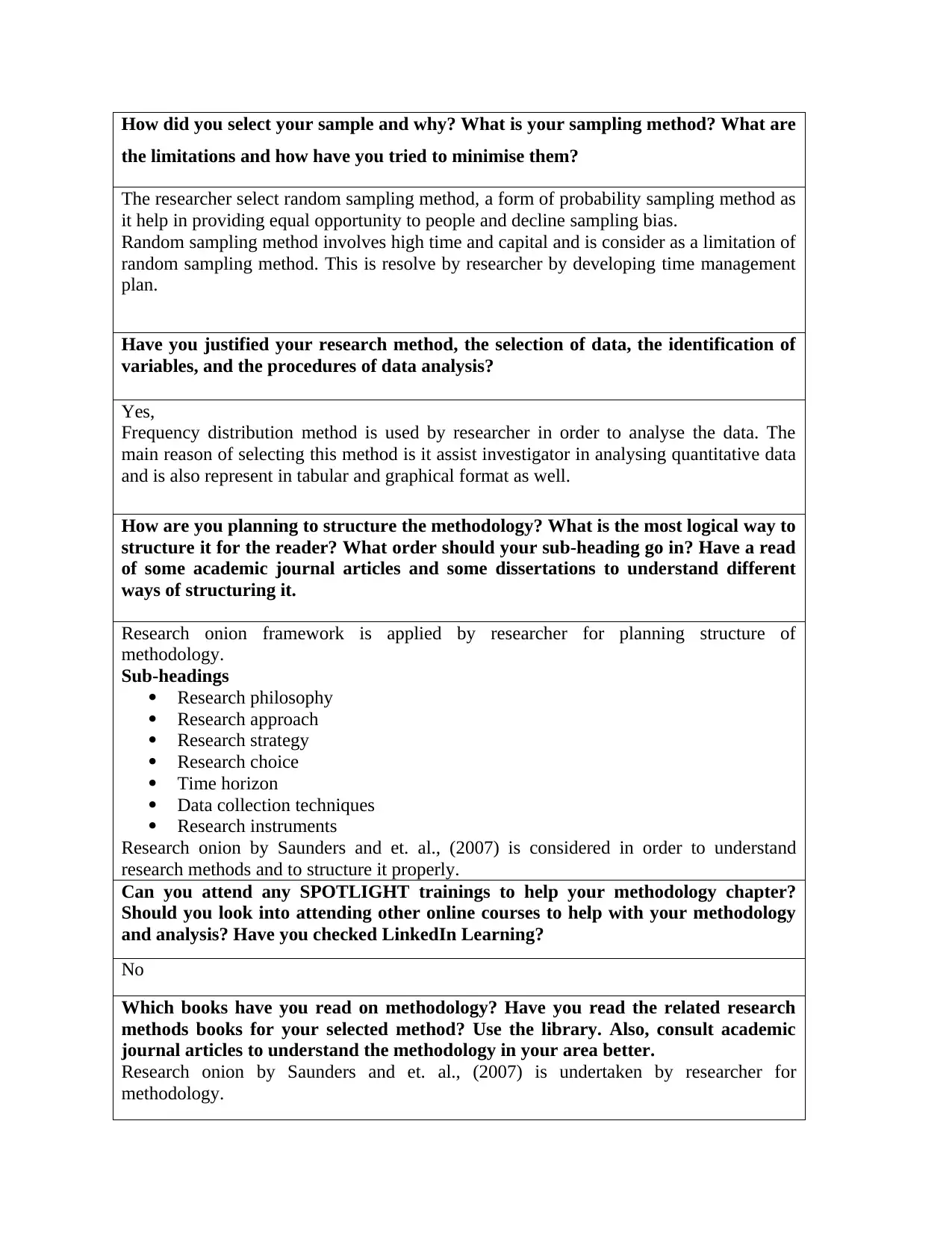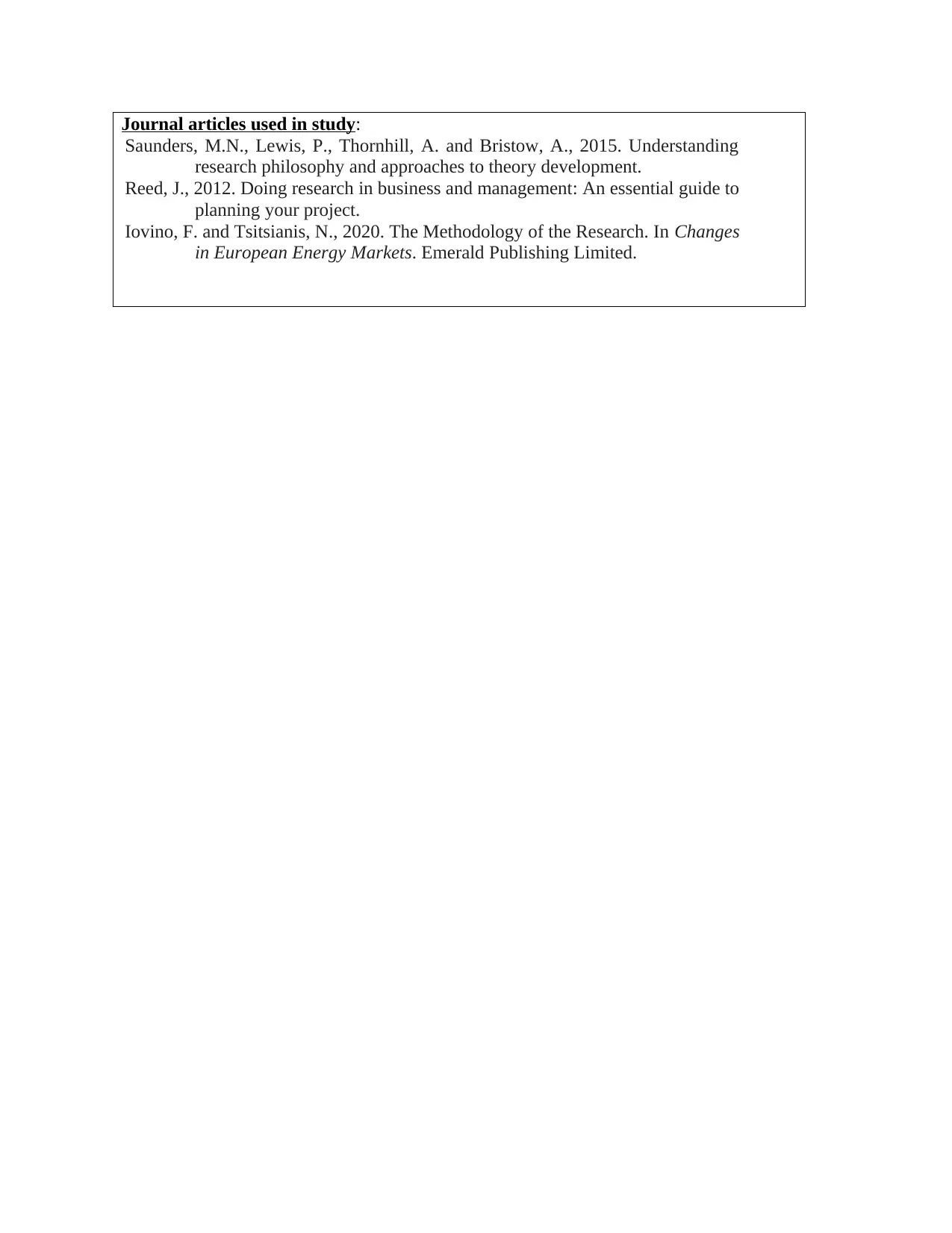Analyzing the Methodology for E-commerce in Fashion
VerifiedAdded on 2022/12/26
|6
|822
|28
Homework Assignment
AI Summary
This assignment provides a detailed methodology analysis for a study examining the value of e-commerce in the fashion industry. The study employs a deductive approach, utilizing both primary and secondary data collection techniques, including questionnaires and literature review. The research design is based on the research onion framework, incorporating positivism as the research philosophy, and quantitative methods for data collection and analysis, with the frequency distribution method used for data analysis. The methodology section covers research philosophy, approach, strategy, choice, time horizon, data collection techniques, and research instruments. The study addresses sampling methods, limitations, and the rationale behind the chosen research methods, along with the justification of research choices. The student has also provided the books and journal articles used for the research.
1 out of 6













![[object Object]](/_next/static/media/star-bottom.7253800d.svg)